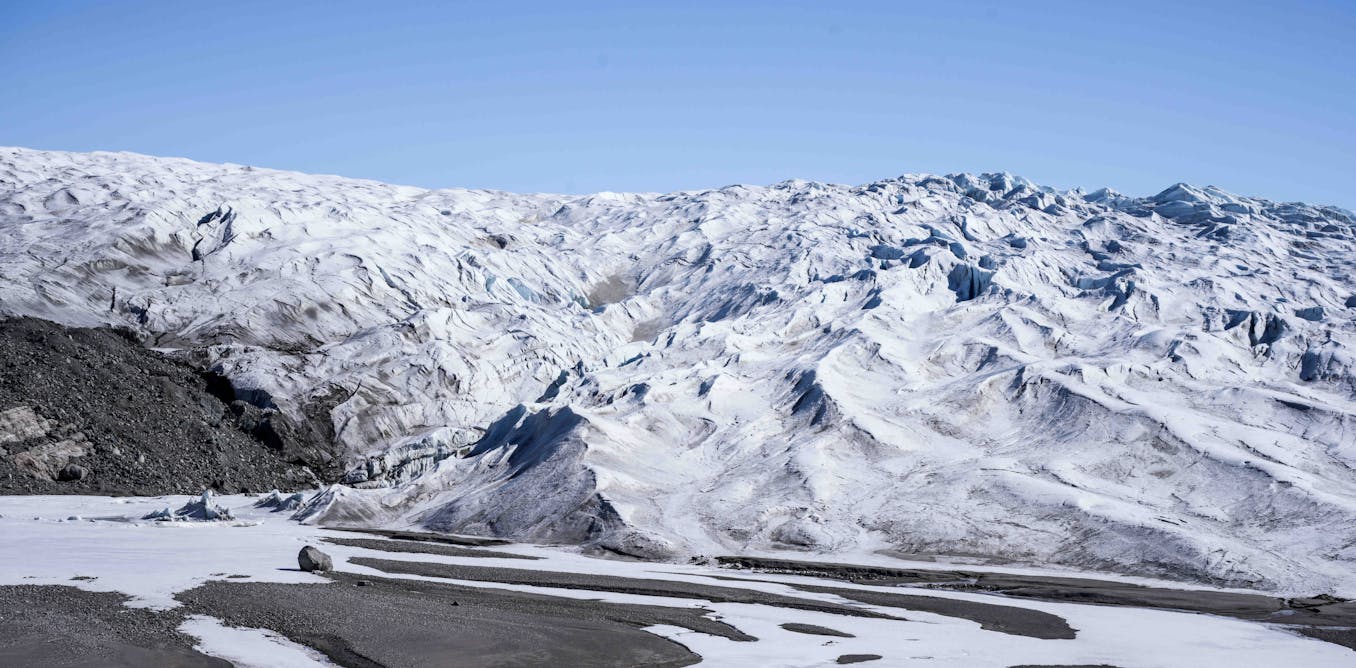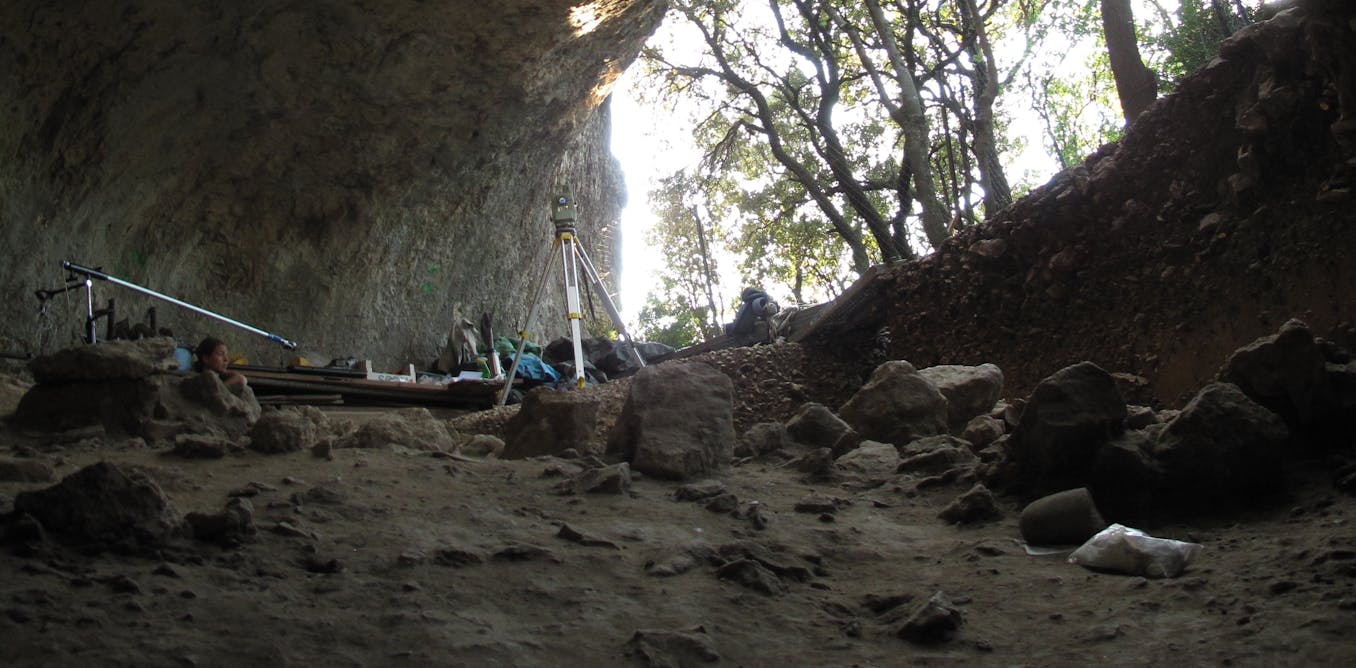Humans were using fire in Europe 50,000 years earlier than we thought – new research
Signs of controlled fire use from Spain are at least 50,000 years older than previous evidence.
Clayton Magill, Assistant Professor, School of Energy, Geoscience, Infrastructure and Society, The Lyell Centre, Heriot-Watt University •
conversation
May 19, 2023 • ~8 min
May 19, 2023 • ~8 min
Our *Homo sapiens* ancestors shared the world with Neanderthals, Denisovans and other types of humans whose DNA lives on in our genes
Ancient DNA helps reveal the tangled branches of the human family tree. Not only did our ancestors live alongside other human species, they mated with them, too.
Joshua Akey, Professor at the Lewis-Sigler Institute for Integrative Genomics, Princeton University
• conversation
Oct. 7, 2022 • ~10 min
Oct. 7, 2022 • ~10 min
New research suggests modern humans lived in Europe 10,000 years earlier than previously thought, in Neanderthal territories
Stone artifacts and a fossil tooth point to Homo sapiens living at Grotte Mandrin 54,000 years ago, at a time when Neanderthals were still living in Europe.
Laure Metz, Archaeologist at Aix-Marseille Université and Affiliated Researcher in Anthropology, University of Connecticut •
conversation
Feb. 9, 2022 • ~9 min
Feb. 9, 2022 • ~9 min
Prehistoric human footprints reveal a rare snapshot of ancient human group behavior
The footprints of over 20 different prehistoric people, pressed into volcanic ash thousands of years ago in Tanzania, show possible evidence for sexual division of labor in this ancient community.
Briana Pobiner, Research Scientist and Museum Educator, Smithsonian Institution •
conversation
May 14, 2020 • ~8 min
May 14, 2020 • ~8 min
/
1





